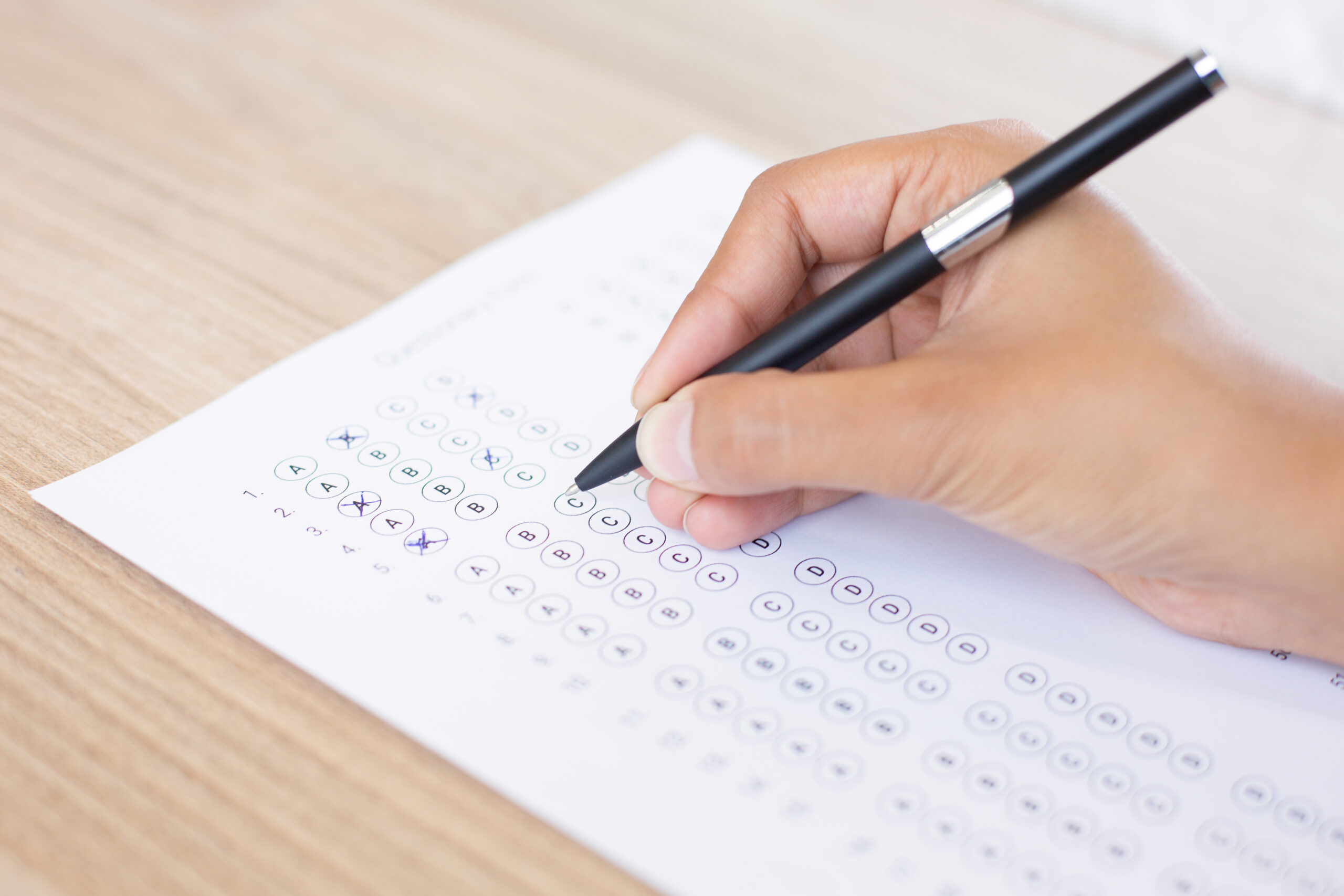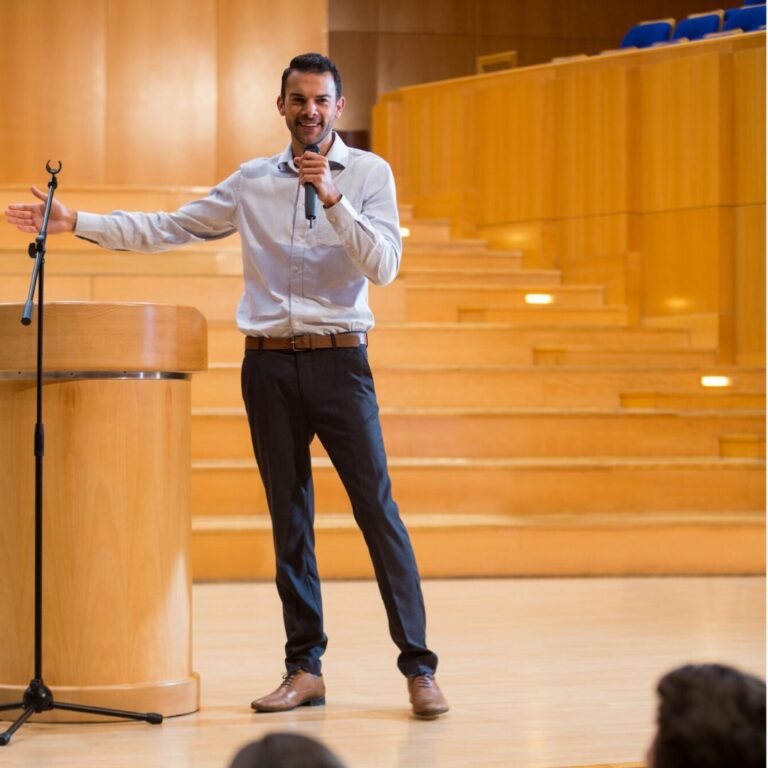
- Home
- Guide to High Scores in IELTS Reading
- Priya
- 0 Comments
- February 17, 2025

Guide to High Scores in IELTS Reading
The IELTS Reading section is one of the most challenging parts of the test, requiring strong comprehension skills, time management, and the ability to locate key information quickly. Many test-takers struggle with unfamiliar vocabulary, complex question types, and the pressure of completing 40 questions in just 60 minutes. However, with the right strategies and regular practice, you can significantly improve your reading speed and accuracy. This guide will provide essential techniques, time-saving tips, and practice strategies to help you achieve a high band score in IELTS Reading. Whether you are taking the Academic or General Training test, these methods will help you read faster, understand texts more effectively, and answer questions with confidence.
Understanding the IELTS Reading Format
Differences Between Academic and General Training Reading
The IELTS Academic Reading test consists of three long passages, taken from books, research papers, and articles, focusing on complex topics and advanced vocabulary. In contrast, the General Training Reading test includes everyday texts such as advertisements, notices, and workplace-related materials, along with one longer passage in Section 3. Despite these differences, both versions require the same skills: fast reading, locating answers efficiently, and understanding meaning from context.
Types of Questions in IELTS Reading
IELTS Reading includes a variety of question types such as Multiple Choice, True/False/Not Given, Matching Headings, Sentence Completion, and Summary Completion. Each type tests a different skill, from scanning for details to identifying main ideas. To perform well, you must understand how each question type works and develop targeted strategies for answering them accurately.
Time Management Challenges
One of the biggest difficulties test-takers face is time pressure. With only 60 minutes to answer 40 questions, you must learn to read efficiently, locate key information quickly, and avoid getting stuck on difficult questions. Developing a structured approach to managing time will significantly improve your score.
Improving Reading Speed and Comprehension
Using Skimming and Scanning Techniques
Instead of reading every word in detail, focus on skimming for main ideas and scanning for specific details. Skimming involves quickly reading headings, first and last sentences of paragraphs, and key phrases to get an overall idea of the passage. Scanning helps you locate names, dates, numbers, and specific terms related to the questions. These techniques will save time and help you answer questions faster.
Expanding Vocabulary for IELTS Reading
Understanding complex vocabulary is essential for high scores. Instead of memorizing word lists, focus on learning words in context by reading academic articles, newspapers, and magazines. Identify synonyms and paraphrases, as IELTS frequently rephrases answers in the passage. For example, “increase” may appear as “rise,” or “important” may be written as “crucial.”
Recognizing Keywords and Paraphrasing
IELTS questions rarely use the same wording as the passage. Train yourself to recognize keywords and their synonyms in both the passage and the questions. If a question asks about “global warming,” the passage might mention “climate change effects.” Being able to identify paraphrased information quickly will help you locate answers efficiently.
Mastering Different Question Types
True/False/Not Given & Yes/No/Not Given Strategies
For these tricky question types, remember:
- True/Yes means the statement agrees with the passage.
- False/No means the statement contradicts the passage.
- Not Given means there is no information provided.
Avoid guessing based on your own knowledge—only use the passage to decide the answer. If you can’t find clear supporting information, the correct answer is likely Not Given.
Matching Headings to Paragraphs
Matching headings requires you to identify the main idea of each paragraph. Instead of reading the full paragraph in detail, focus on the first and last sentences, as they often summarize the content. Look for repeated words and themes that match the given headings.
Dealing with Multiple-Choice Questions
For Multiple-Choice Questions (MCQs), locate where the topic is mentioned in the passage first. Eliminate wrong answers by identifying options that are too extreme, partially correct, or not mentioned at all. The best strategy is to predict the answer before looking at the choices, which helps avoid confusion.
Time Management Tips for IELTS Reading
Allocating Time Effectively
Since the Reading section is not separately timed, you must manage the 60 minutes efficiently. A good time strategy is: • Passage 1: 15 minutes • Passage 2: 20 minutes • Passage 3: 25 minutes This approach allows extra time for the most difficult passage.
Skipping Difficult Questions and Returning Later
Don’t waste time on difficult questions. If you’re stuck, mark the question, move on, and return later. Sometimes, other answers in the passage may help you find the missing information.
Avoiding Reading Every Word
Reading every word of the passage is not necessary. Instead, scan for keywords, synonyms, and phrases that match the questions. This technique will help you locate answers faster.
Practicing Smartly for IELTS Reading Success
Using Official IELTS Practice Tests
The best way to improve is by practicing with real IELTS Reading tests. Use materials from Cambridge IELTS books and the official IELTS website. Simulate test conditions by setting a timer for 60 minutes and completing a full reading test.
Analyzing Mistakes to Improve Accuracy
After completing a practice test, review all your mistakes. Identify if you lost marks due to time management, vocabulary gaps, or misunderstanding question types. Keeping a notebook of common mistakes will help you track progress and avoid repeating errors.
Reading a Variety of Texts to Build Skills
Since IELTS Academic passages come from journals, magazines, and research papers, practice reading similar sources like The Economist, BBC News, and National Geographic. General Training candidates should focus on workplace documents, advertisements, and official notices.
Conclusion
Scoring high in IELTS Reading requires a combination of strategic reading techniques, effective time management, and regular practice with real IELTS materials. By mastering skimming and scanning, improving vocabulary, and learning to handle different question types, you will be able to locate answers quickly and accurately. Consistent practice and exposure to different reading materials will further sharpen your skills and boost your confidence. With the right preparation and smart strategies, you can successfully tackle the IELTS Reading section and achieve the high band score you aim for!
Section Title
Confidence Exercises for English Speaking Speaking English confidently can be a challenge for many...
Tips for Confident English Conversations Speaking English with confidence is essential for effective...
Overcome Fear of Speaking English Enhance your English communication skills to impress clients and...
Impress Clients with English Communication Enhance your English communication skills to impress...
Ace Job Interviews with Business English Boost your confidence and excel in job interviews with...
Negotiate Successfully in Business English Master the art of negotiation in Business English! Learn...
Network Effectively with Business English Learn to network effectively using Business English!...
Polish English for Presentations Delivering a presentation in English requires clarity, confidence...
Key Business English Phrases for Professionals Effective communication in the business world...










Leave a Comment